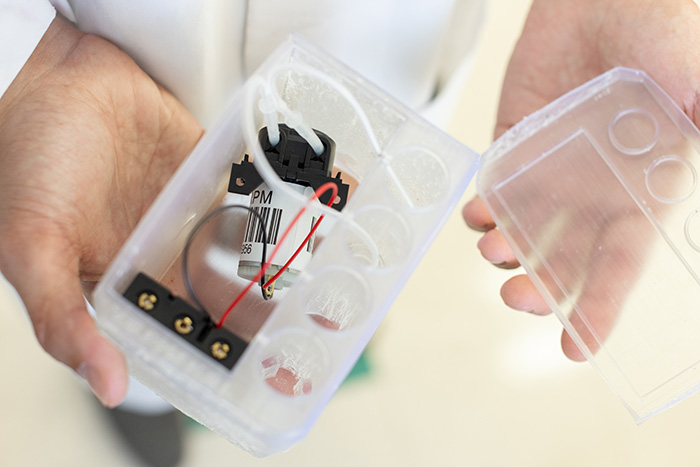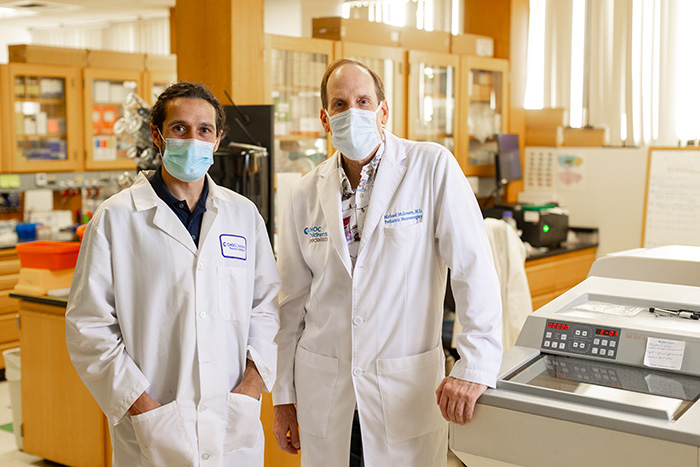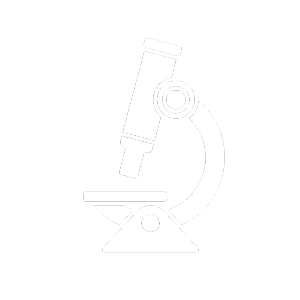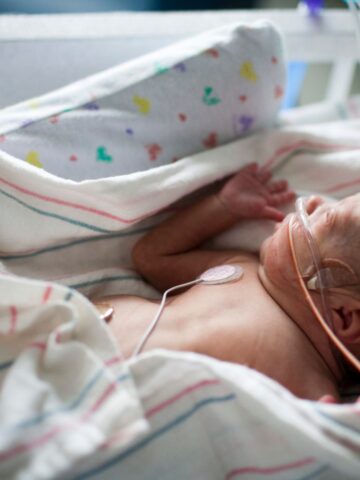CHOC has received a National Institutes of Health (NIH) grant for research that could lead to improvements in care for patients with hydrocephalus, a debilitating and complex disease that for decades has eluded significant advances in treatment.
Hydrocephalus is the buildup of fluid in the ventricles deep within the brain. The standard of care involves implanting a shunt that drains excess cerebrospinal fluid (CSF) into the abdominal cavity or heart where it can be absorbed naturally by the body and relieve pressure on the brain.
But 40% of shunts fail within the first year and 85% malfunction within 10 years, mainly because of tissue blockage in the catheter that diverts CSF from the ventricles of the brain. How this precisely happens is not clearly understood.
The CHOC study, to be led by primary investigator (P.I.) Dr. Leandro Castañeyra-Ruiz, a senior scientist in CHOC’s hydrocephalus research laboratory, is designed to yield some answers and to lead to the design of better shunts to lower the unacceptably high rate of catheter malfunction, Dr. Castañeyra-Ruiz says.
‘Major accomplishment’
“This is a major accomplishment for Dr Castañeyra-Ruiz and for CHOC,” neurosurgeon Dr. Michael Muhonen, co-director of CHOC’s Neurosurgery Institute, says of the $467,500 NIH grant, which goes into effect April 1 for two years of research.
Dr. Castañeyra-Ruiz says his NIH-funded study will be the first to reliably mimic the clinical conditions associated with shunt obstruction.
To conduct the study, Dr. Castañeyra-Ruiz and Dr. Seunghyun Lee, a CHOC research scientist and an electrical engineer, designed a bioreactor using a 3D printer.
About half the size of a toaster, the bioreactor – a device that supports a biologically active environment – replicates the shunt system inside the body and the buildup of CSF in the brain.

“This artificial bioreactor can provide a controlled environment for studying the disease and its progression, enabling researchers to better understand the underlying mechanisms of catheter obstruction,” Dr. Lee says. “This can lead to improved diagnostic and treatment options for patients.”
CSO grants helped pave way
Dr. Castañeyra-Ruiz, who came to CHOC nearly two years ago, completed his postdoctoral research on the pathophysiology of hydrocephalus at Washington University School of Medicine in St. Louis, Mo., after earning his Ph.D. in biomedicine and biotechnology from La Laguna University in Tenerife, Spain.
At CHOC, Dr. Castañeyra-Ruiz was the recipient of two Chief Scientific Officer (CSO) grants related to hydrocephalus.
Those CSO grants – one examining a new pathway to explains hydrocephalus etiology, and the other addressing a possible way to prevent acquired hydrocephalus – laid the groundwork for Dr. Castañeyra-Ruiz’s NIH-funded Exploratory/Developmental Research Grant Award (R21).
NIH R21 grants encourage new, exploratory and developmental research projects by providing support for the early stages of project development.

“Receiving this grant from the National Institute Of Neurological Disorders And Stroke of the National Institutes of Health is an extreme honor for a scientist,” Dr. Muhonen says.
“This NIH grant is reflective of the innovative work that Dr. Castañeyra-Ruiz has already done in his young career,” he adds. “Receiving an NIH grant places a researcher on a higher level of scientific prestige. And on a practical basis, it funds clinical innovations that improve patient care through research in our CHOC hydrocephalus research laboratory.”
Many benefits to study
Dr. Lee says developing the bioreactor for hydrocephalus research also could help with personalized medicine.
“Hydrocephalus is a complex disease that affects each patient differently,” he says. “An artificial bioreactor can be customized to mimic the individual’s specific condition, providing a personalized platform for testing and developing treatments.”
Such a device also could reduce dependence on animal models, which have traditionally been used to study hydrocephalus, Dr. Lee adds.
“But these models have limitations and ethical considerations,” he says. “An artificial bioreactor can provide an alternative platform for studying the disease, reducing the need for animal testing.”
It also could speed up the drug development process by allowing researchers to test potential therapies in a controlled and efficient manner, ultimately leading to faster and more effective treatments for patients with hydrocephalus, Dr. Lee adds.
Dr. Castañeyra-Ruiz says CHOC’s hydrocephalus research lab hopes to design a new, more reliable catheter in future research studies.

Learn about pediatric research and clinical trials at CHOC




